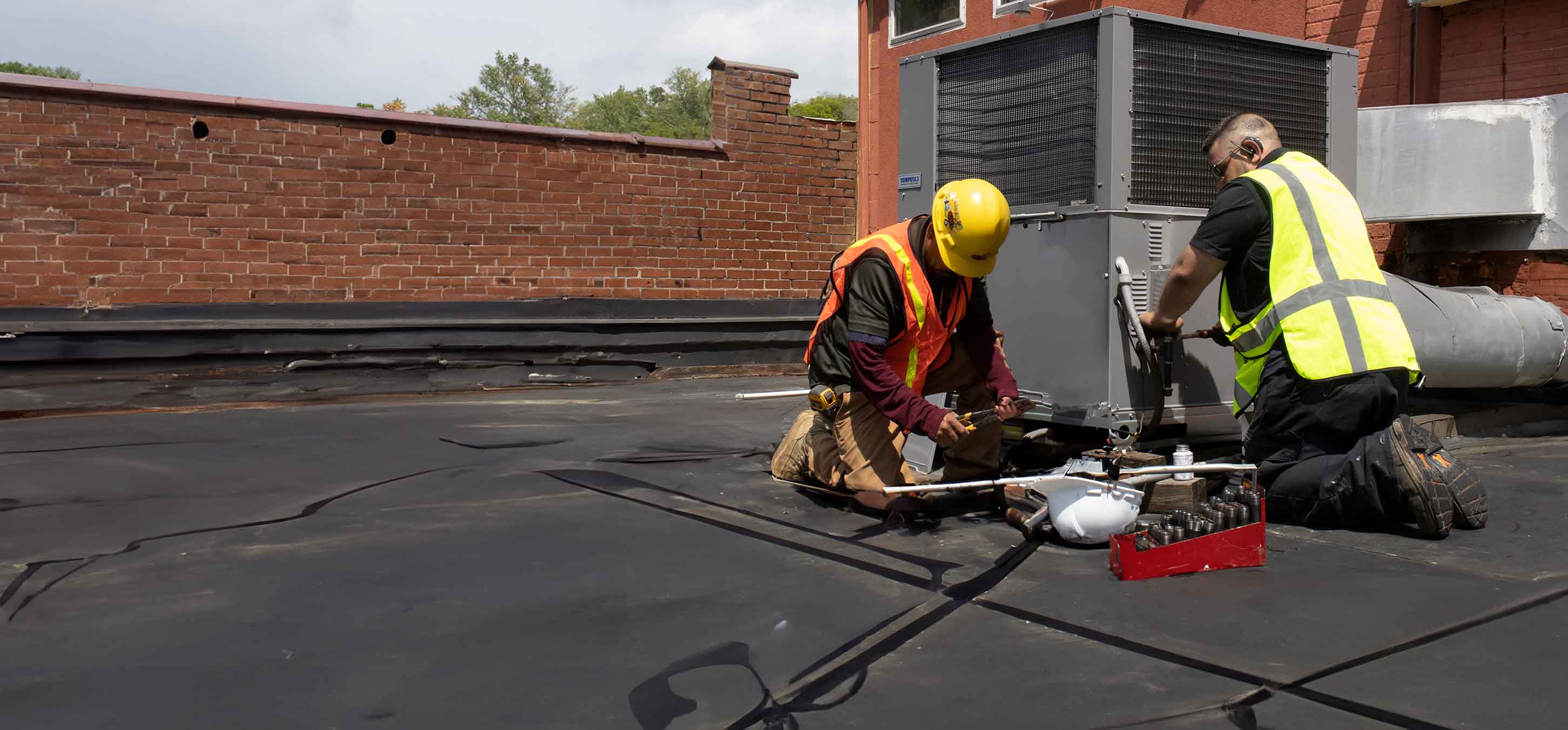

Aging HVAC Equipment
Your trusted partner for professional home services. Quality workmanship, guaranteed satisfaction.




- HEP
- Aging HVAC Equipment
Aging HVAC Equipment | HVAC Unit Replacement | Heating and Air Conditioning | New Market
When winter lows dip below freezing on New Market Ridge or summer humidity turns the valley into a sauna, your comfort depends on an HVAC system that can keep pace. If your furnace rattles, your AC strains, and energy bills keep creeping up, HEP’s seasoned technicians are ready to trade guesswork for guaranteed solutions. Our family-owned team specializes in fast assessments of aging equipment, helping you decide whether a simple repair will do—or whether it’s finally time for an HVAC unit replacement that slashes utility costs and restores whisper-quiet comfort.
From the first call to the final thermostat test, we make the process refreshingly easy. You’ll get straightforward pricing, financing options for every budget, and courteous pros who treat your home like their own. Join the many New Market homeowners who’ve swapped frustration for year-round peace of mind with a brand-new, high-efficiency system installed by HEP.
FAQs
How can I tell when my aging HVAC system should be replaced instead of repaired?
Most systems show clear warning signs when they are near the end of their useful life. If your unit is 10–15 years old, needs frequent or increasingly expensive repairs, struggles to maintain temperature, causes unusually high utility bills, or still uses R-22 (Freon) refrigerant, replacement is typically more cost-effective than another repair. A professional load calculation and efficiency analysis from a licensed New Market HVAC contractor will confirm whether replacement will save you money over the next 5–10 years.
What type of replacement HVAC equipment works best in the New Market climate?
Our area sees hot, humid summers and chilly winters, so most homeowners choose either a high-efficiency heat pump system or a dual-fuel (heat pump + gas furnace) setup. A 16–20 SEER2 heat pump with a variable-speed compressor provides excellent cooling efficiency and reliable heat down to around 30 °F. Below that point a gas furnace or electric heat strip can take over. If you prefer natural gas heat, consider a two-stage or modulating 95 %+ AFUE furnace paired with a high-SEER AC condenser. Your contractor will size the equipment using Manual J calculations to make sure it meets local codes and maximizes comfort year-round.
How much does HVAC replacement cost in New Market, and what affects the price?
Complete replacement of both heating and cooling components generally ranges from $7,500 to $14,000 for a typical 2,000 sq ft home. Price varies with: • System capacity (measured in tons or BTUs) • Efficiency ratings (SEER2/HSPF/AFUE) • Technology (single-stage vs. variable-speed, smart controls, IAQ add-ons) • Ductwork modifications or replacement • Electrical or gas line upgrades to meet current code • Brand and warranty level • Labor rates and seasonal promotions. A detailed written quote will break down equipment, materials, permits, and labor so you can compare apples to apples.
How long will it take to remove my old unit and install the new HVAC system?
For most residential projects, a full system change-out is completed in one working day—roughly 6–10 hours. This includes recovering refrigerant, removing the old condenser, air handler or furnace, replacing the thermostat, pressure-testing and evacuating the new refrigerant circuit, charging the system, and performing start-up diagnostics. If ductwork needs significant modifications, plan on an additional day. Your contractor should schedule county or city inspections (required in New Market for mechanical replacements) within 24–48 hours of completion.
Are there rebates, tax incentives, or financing options available for HVAC replacement in New Market?
Yes. The federal Inflation Reduction Act currently offers a 30 % tax credit (up to $2,000) on qualifying high-efficiency heat pumps and a separate credit of up to $600 each for high-efficiency ACs, furnaces, and advanced circulating fans. Many utility providers serving New Market provide $150–$400 per-ton rebates for ENERGY STAR certified equipment. In addition, most HVAC contractors partner with lenders that offer 0 % or low-interest financing over 6–120 months, making it easier to spread the cost. Be sure to ask your installer for a written list of current incentives and required efficiency ratings.
What maintenance steps will keep my new HVAC equipment running efficiently and protect my warranty?
1. Replace or clean air filters every 30–90 days. 2. Keep outdoor condenser coils clear of leaves, grass, and debris; maintain at least 18 in of clearance on all sides. 3. Schedule professional preventive maintenance twice a year—cooling tune-up in spring and heating tune-up in fall—to check refrigerant charge, electrical connections, condensate drainage, and combustion safety. 4. Register your equipment with the manufacturer within 60 days to secure the full 10- to 12-year parts warranty. 5. Install a smart thermostat and set temperature setbacks rather than turning the system off completely. 6. Seal and insulate ductwork if it wasn’t replaced; up to 30 % of conditioned air can leak through gaps. Following these steps lowers energy bills, maintains peak comfort, and prevents warranty-voiding neglect.